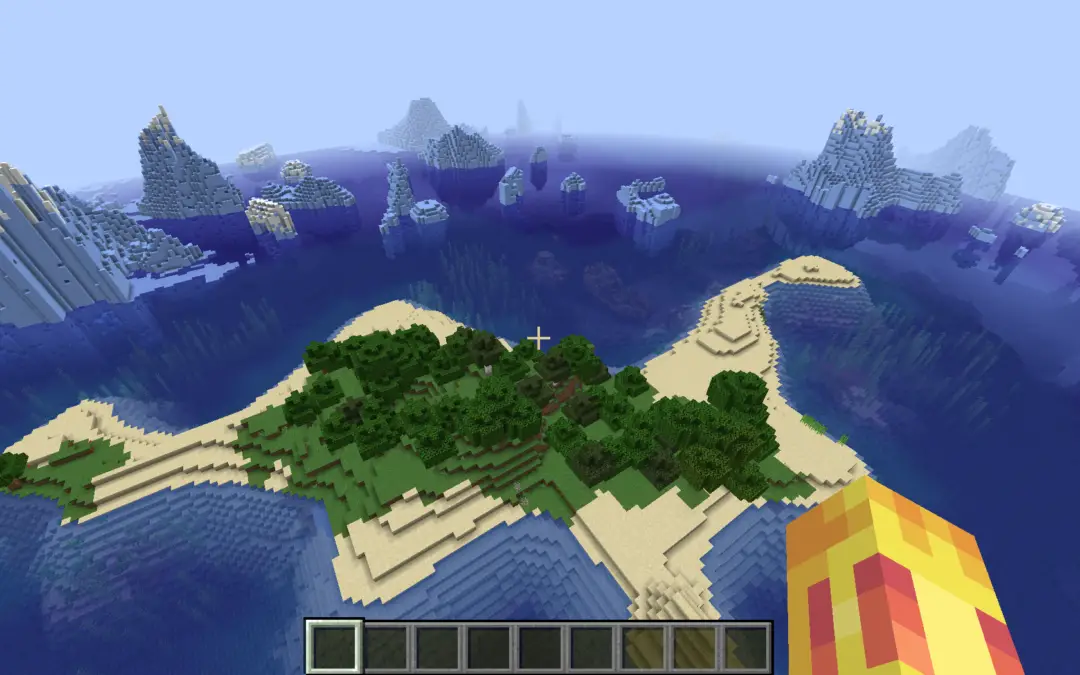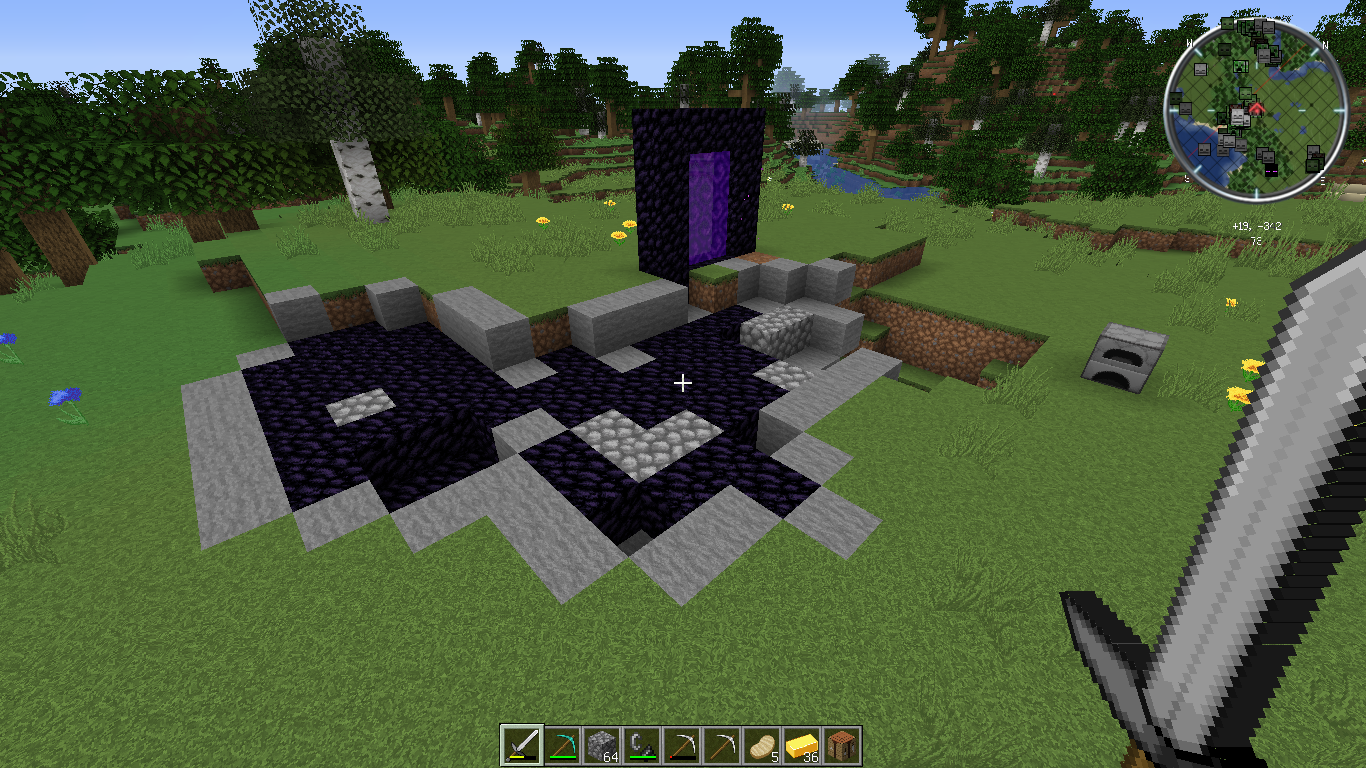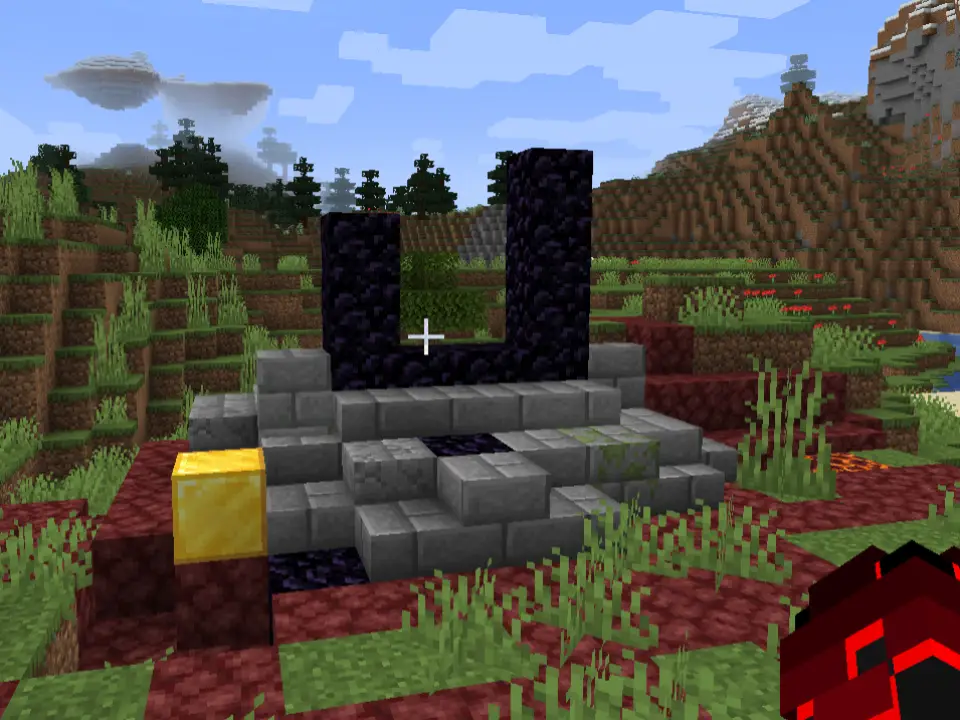
In which country do they let you play Minecraft in school?
Are you tired of boring lectures and tedious assignments in school? Well, what if we told you that there is a country where students get to play Minecraft in class? Yes, you read that right – Minecraft, the popular video game that allows players to build and explore virtual worlds.
The country in question is Sweden, and the idea stems from a national school competition called "Future City." The competition invited classes around the country to submit proposals on how to make things better in the future. However, the teachers at Viktor Rydberg school took it a step further and made Minecraft compulsory for their students.
The mandatory use of Minecraft in Viktor Rydberg school has garnered attention from educators around the world. Many are curious about the benefits of using this game in education, and some are skeptical about its effectiveness.
But first, let’s discuss the Future City competition in Sweden. This competition is an innovative way to encourage students to think about the future and how they can make a positive impact. The competition accepts proposals on a wide range of topics, from environmental sustainability to social justice.
Now, let’s talk about the mandatory use of Minecraft in Viktor Rydberg school. The school’s decision to make Minecraft a compulsory part of their curriculum was based on the idea that the game encourages creativity, problem-solving, and teamwork. The students are divided into teams and given a task to complete, such as building a sustainable city or designing a new museum. The students then use Minecraft to create their vision and present it to the class.
The benefits of using Minecraft in education are numerous. First, it allows students to learn in a fun and engaging way. Instead of passively listening to lectures, students are actively using their imagination and creativity to solve problems. Second, it promotes teamwork and collaboration. Students work in teams to complete tasks, which teaches them valuable social skills that they can use outside of the classroom. Finally, it prepares students for the future. In today’s digital age, it’s essential for students to be proficient in technology, and Minecraft is a great way to teach them these skills.
However, there are possible drawbacks and controversies surrounding the use of Minecraft in schools. Some educators argue that it can be a distraction and take away from traditional subjects like math and science. Others worry that it can promote a sedentary lifestyle and contribute to obesity.
The use of Minecraft in schools is a fascinating topic that has sparked a lot of debate in the education community. While there are both pros and cons to using this game in the classroom, it’s clear that it has the potential to be a valuable tool for teaching and learning. So, if you’re a student in Sweden, consider yourself lucky that you get to play Minecraft in class!
The Future City competition in Sweden
Are you curious about the Future City competition in Sweden? This national school competition invites classes from all over the country to submit proposals for making things better in the future. But what sets the Viktor Rydberg school apart is their mandatory use of Minecraft.
That’s right, the popular video game is used as a tool for education in this school. And it’s not just a fun pastime for students, it’s a way to develop important skills like teamwork, problem-solving, and creativity.
By using Minecraft, students can design and build their own virtual cities, exploring concepts like urban planning and environmental sustainability. This hands-on approach to learning is much more engaging than traditional classroom lectures, and it allows students to apply their knowledge in a practical way.
But what about the potential drawbacks or controversies surrounding the use of Minecraft in schools? Some critics argue that it can be a distraction or a waste of time, but the evidence suggests otherwise. In fact, research has shown that students who use Minecraft in the classroom perform better on tests and are more motivated to learn.
Another benefit of using Minecraft in education is its accessibility. The game is available on a variety of platforms, from desktop computers to mobile devices, which means that students can continue their learning outside of the classroom. And because it’s a familiar and popular game, students are more likely to engage with the material and stay interested in their studies.
So, what can we learn from the Future City competition in Sweden? By using innovative tools like Minecraft, we can transform education into a more engaging and effective experience. And who knows, maybe someday these student proposals will become a reality in our own future cities.
In summary, the Future City competition in Sweden is an exciting opportunity for students to think creatively about the future. And by incorporating Minecraft into the curriculum, we can foster important skills and knowledge in a fun and accessible way. So why not try it out for yourself? Who knows, you might just be the next visionary city planner.

The mandatory use of Minecraft in Viktor Rydberg school
Have you ever heard of mandatory Minecraft? Yes, you read that right. At the Viktor Rydberg school in Sweden, Minecraft is a compulsory subject. The teachers took the national school competition called "Future City" to the next level and introduced the use of Minecraft in their curriculum. But why Minecraft? What benefits does it bring to education?
First of all, Minecraft is not just a game. It is a tool that can be used to teach various subjects such as math, science, language arts, and history. In Minecraft, students can build structures, learn about architecture and structural engineering. They can also understand the concept of area and perimeter as they build fences and walls. In science, students can learn about the environment and ecosystems as they explore the different biomes in Minecraft. They can also understand the laws of physics as they build machines and redstone circuits. In language arts, students can demonstrate their writing skills by creating stories about their Minecraft adventures. They can also learn new words and improve their spelling as they communicate with other players in the game.
Moreover, Minecraft is a great platform for collaborative learning. Students can work in teams to build structures and solve problems. They can also learn about communication and leadership as they delegate tasks and make decisions together. Minecraft can also help develop creativity and imagination as students create their own worlds and characters.
But what about the possible drawbacks and controversies surrounding the use of Minecraft in schools? Some critics argue that Minecraft is a distraction and can lead to addiction. However, the key is to use Minecraft in moderation and to set clear guidelines and expectations. Teachers should also monitor the students’ usage and provide support if necessary.
The mandatory use of Minecraft in Viktor Rydberg school is a bold and innovative approach to education. It shows that Minecraft is not just a game, but a powerful tool for learning and collaboration. Minecraft can help students develop various skills and improve their academic performance. So, next time you play Minecraft, remember that you are not just having fun, but also learning new things.
Benefits of using Minecraft in education
In recent years, Minecraft has been gaining popularity as a tool for education. The game, which allows players to build and explore virtual worlds, has been used to teach a variety of subjects including science, math, and history. But what are the benefits of using Minecraft in education?
One of the biggest benefits of Minecraft is that it engages students in a way that traditional teaching methods cannot. Minecraft allows students to learn through exploration and experimentation. This means that students are not just memorizing facts, but are actively engaging with the material and developing problem-solving skills.
Another benefit of Minecraft is that it can be used to teach a variety of skills. For example, students can learn about architecture and engineering by building structures in the game. Students can also learn about resource management by mining for materials and managing their inventory. These skills are not only valuable in Minecraft, but can also be applied to real-world situations.
Minecraft also provides a platform for collaborative learning. Students can work together to build structures, solve puzzles, and explore new worlds. This helps to develop teamwork and communication skills. It also allows for peer-to-peer learning, where students can learn from each other and share their knowledge.
Finally, Minecraft can be a fun and engaging way to teach students. By using a game that students are already familiar with and enjoy, teachers can make learning more enjoyable and less intimidating. This can help to increase student motivation and engagement, leading to better academic outcomes.
Overall, there are many benefits to using Minecraft in education. The game provides a unique and engaging way for students to learn, while also teaching important skills and fostering teamwork and communication. If you’re a teacher or parent looking for a new and exciting way to engage your students or children, Minecraft may be just the tool you need.
Possible drawbacks and controversies surrounding the use of Minecraft in schools
Possible drawbacks and controversies surrounding the use of Minecraft in schools
Minecraft is a popular video game that allows players to build, explore, and create in a virtual world. It has become a valuable tool in the classroom, especially for teaching STEM (Science, Technology, Engineering, and Mathematics) subjects. However, there are some possible drawbacks and controversies surrounding its use in schools.
One of the most significant issues is the potential for distraction. Students may become so engrossed in the game that they lose focus on the lesson. This can lead to a lack of engagement and participation, which defeats the purpose of using Minecraft as a teaching tool. To avoid this, teachers must set clear guidelines and expectations for the use of the game in the classroom.
Another concern is the cost of implementing Minecraft in schools. While the game itself is relatively inexpensive, schools must have the necessary hardware and software to run it. This can be a significant financial burden, especially for low-income schools. Additionally, some schools may not have the technical expertise to integrate Minecraft into their curriculums effectively.
There are also concerns about the appropriateness of the game’s content for children. Minecraft does contain some violent elements, such as weapons and monsters. While these are not the focus of the game, they may still be a cause for concern for some parents and educators. To mitigate this, teachers can choose to use Minecraft’s creative mode, which eliminates the violent elements entirely.
Another issue is the potential for Minecraft to reinforce gender stereotypes. The game’s default characters are male, and there are fewer options for female characters. This can send the message that STEM subjects are only for boys, which is not true. Teachers can address this by encouraging girls to create their characters and by incorporating female role models into their lessons.
Finally, there is the question of whether Minecraft is an effective teaching tool. While there is evidence that it can increase engagement and motivation, there is little research on its long-term impact on learning outcomes. Until more studies are conducted, it is difficult to say whether Minecraft is a valuable addition to the classroom or just a passing trend.
While Minecraft has many benefits as a teaching tool, it is not without its drawbacks and controversies. Teachers must be mindful of these issues and take steps to address them. By doing so, they can ensure that their students receive the best possible education while still having fun with Minecraft.

Sweden has taken a big step in revolutionizing the education system by allowing students to play Minecraft in school. The idea originated from a national school competition called "Future City," where classes were invited to submit proposals on how to make things better in the future. While some classes submitted proposals on using technology to improve education, teachers at the Viktor Rydberg school took it a step further and made Minecraft a compulsory part of their curriculum.
The use of Minecraft in education has numerous benefits. First and foremost, it promotes creativity and problem-solving skills. Students are given a platform to create and explore, which enables them to think critically and develop their problem-solving skills. Minecraft also encourages collaboration among students. They work together to create projects and solve problems, which is beneficial for their social skills.
The use of Minecraft in education has not been without controversy, however. Some critics argue that Minecraft is a game and therefore should not be used in an educational setting. Others argue that the game can be distracting and take away from students’ learning.
Despite the possible drawbacks, the use of Minecraft in education has been gaining popularity in other countries as well. Several schools in the United States, Australia, and the United Kingdom have started using Minecraft as part of their curriculum.
Sweden’s experiment with mandatory Minecraft in school is an exciting development in education. It promotes creativity, problem-solving, and collaboration among students. While there may be some controversy surrounding its use, it is clear that Minecraft has the potential to revolutionize education. Who knows, maybe in the future, other countries will follow Sweden’s lead and make Minecraft a compulsory part of their curriculum.
